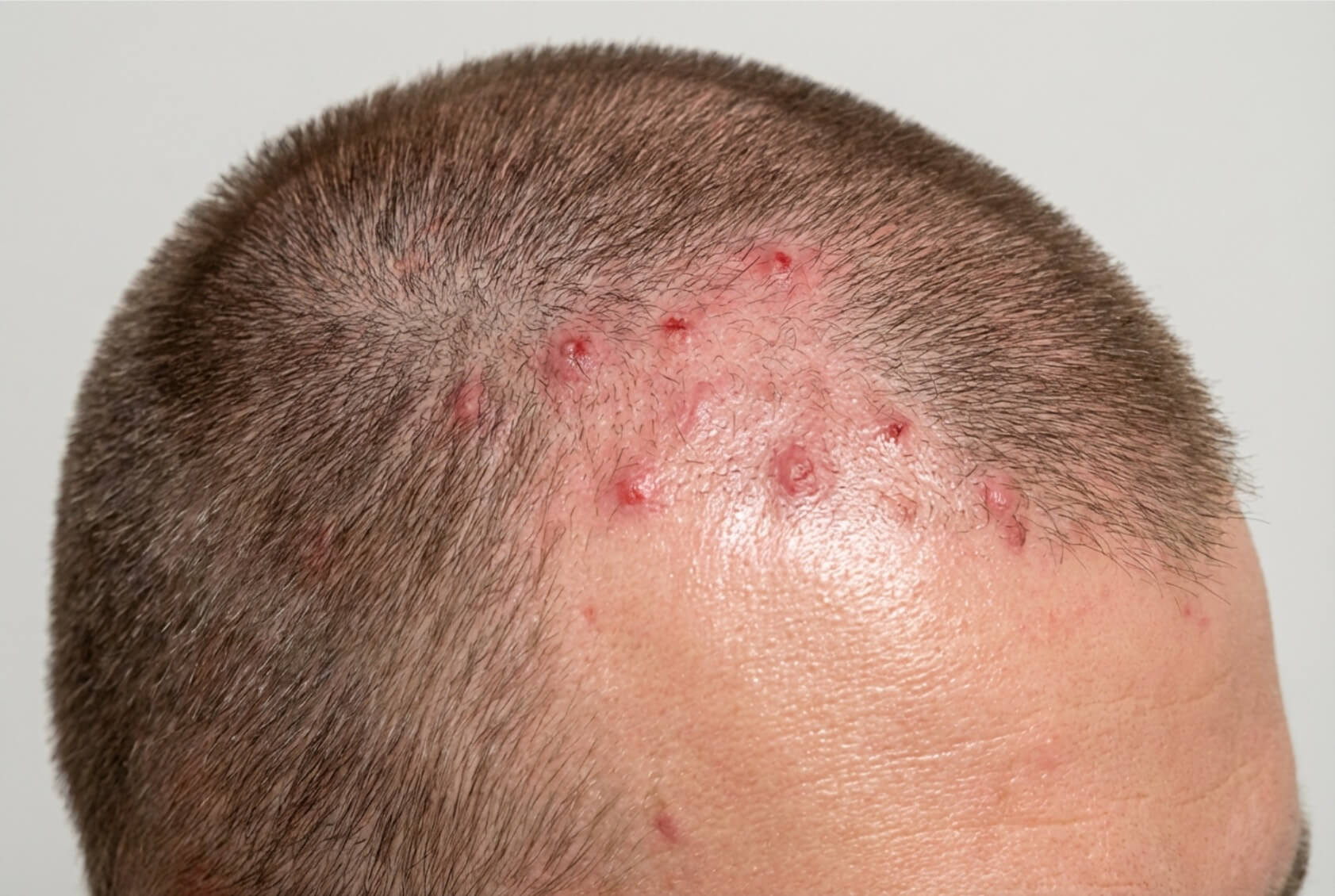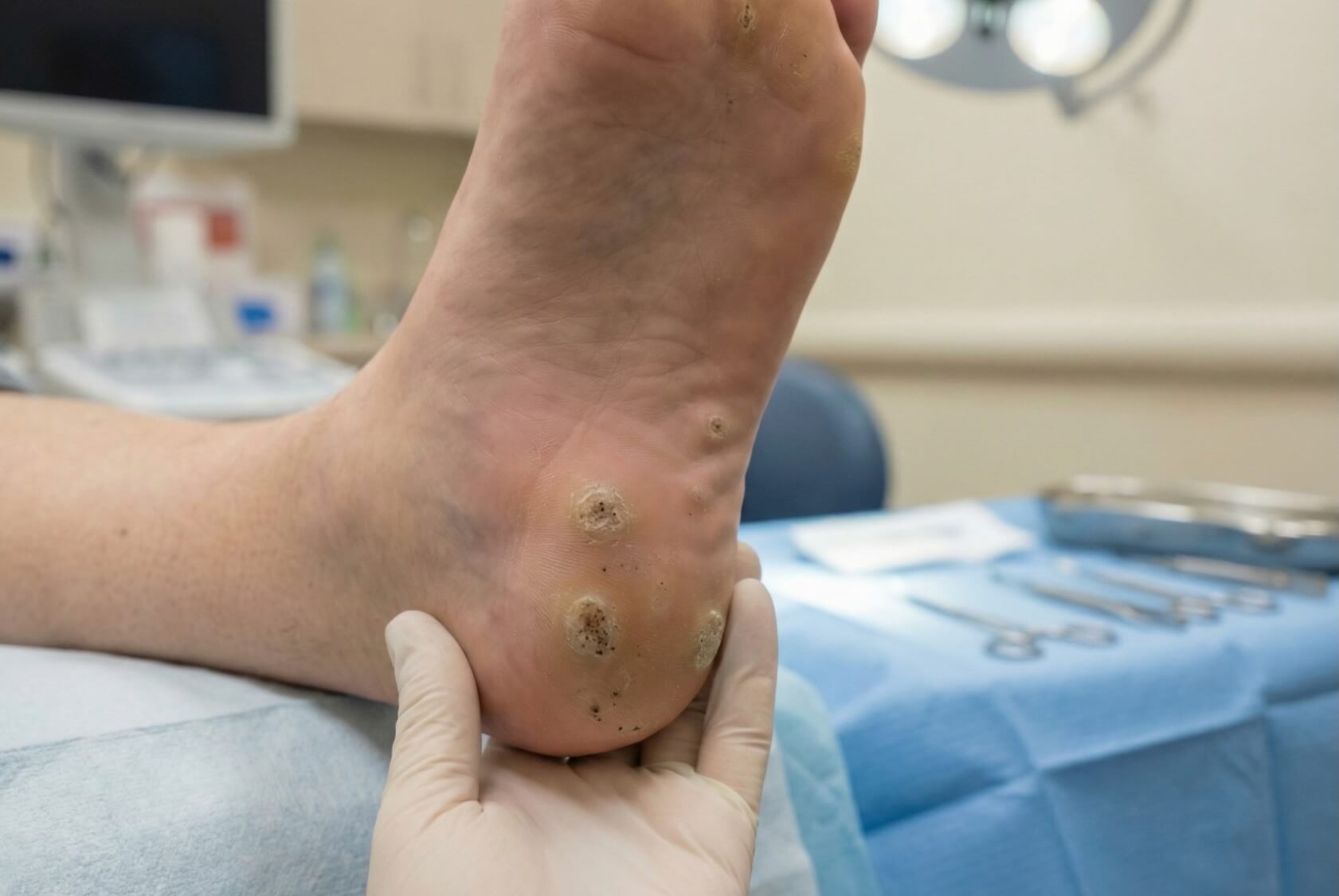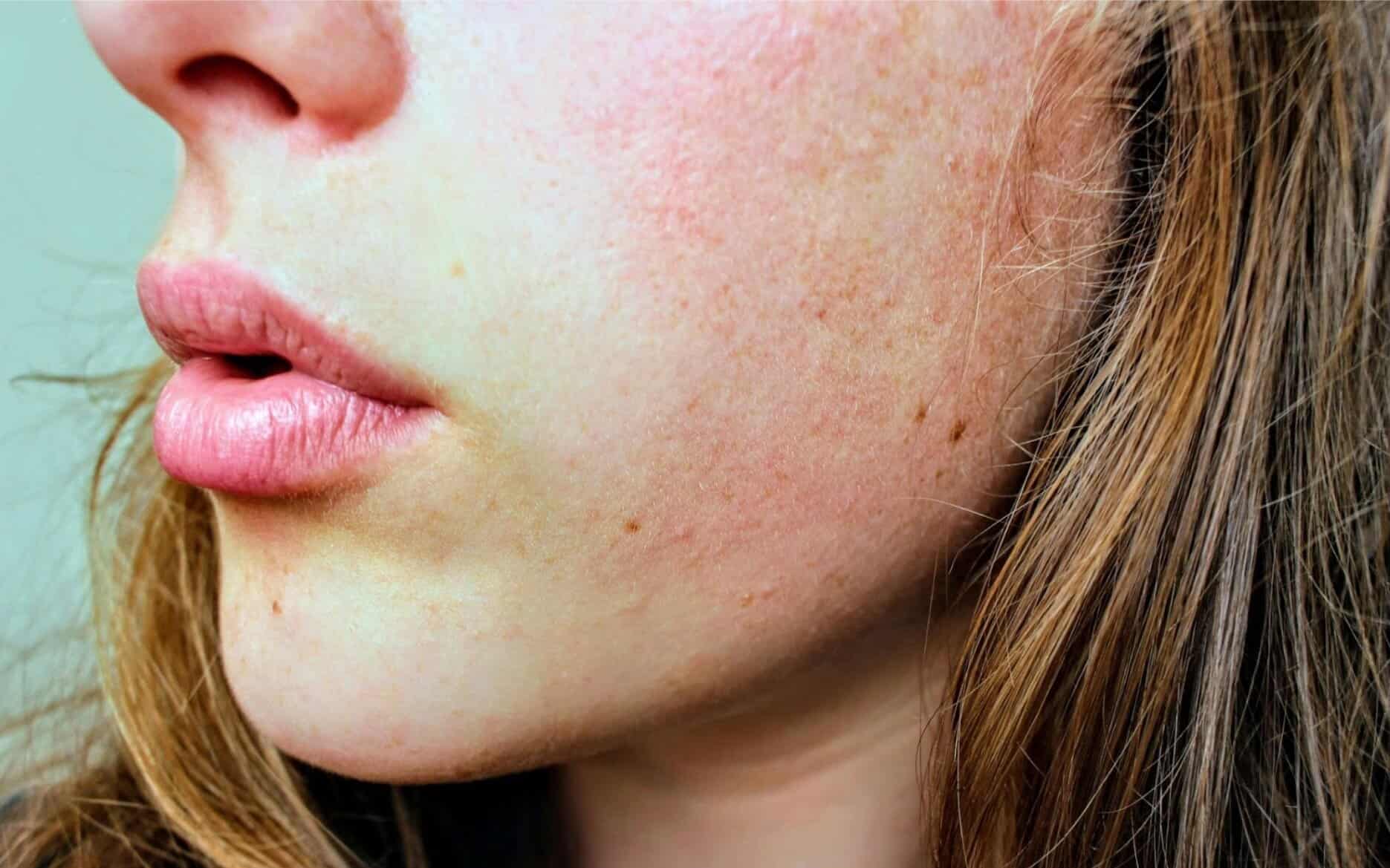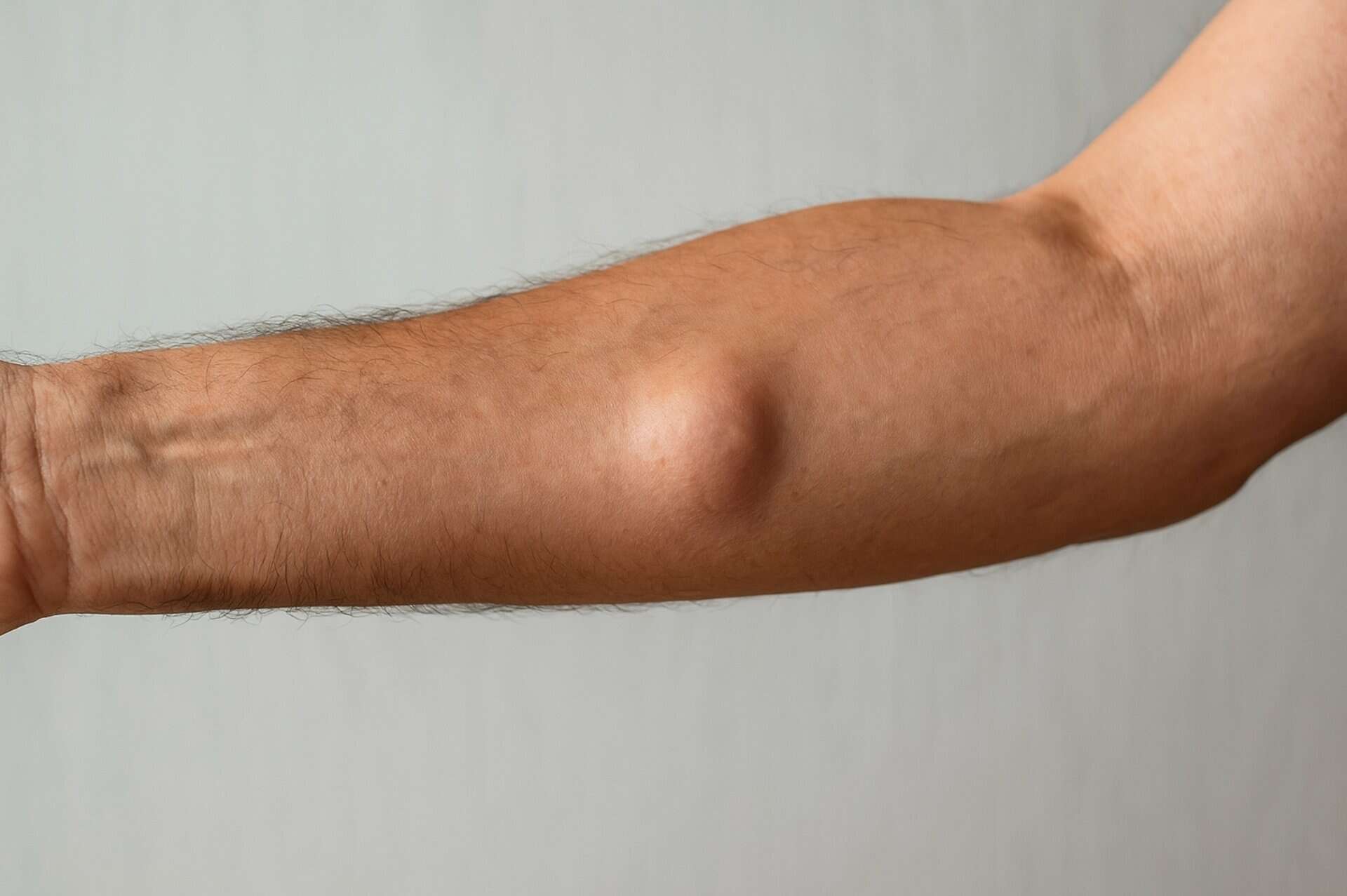Stress can trigger temporary, diffuse hair shedding, while genetic hair loss follows distinct patterns. Identifying the cause is crucial for choosing appropriate treatments, as stress-related loss typically reverses with time.
- Dr Suhail Alam
- Reading Time: 10 Mins
Noticing more hair in your brush or shower drain can be alarming. While some hair shedding is normal, excessive loss might signal something deeper. Many people experience hair loss during stressful periods, while others face genetic thinning. Identifying the cause is crucial for effective treatment. This article explores the relationship between stress and hair loss, helping you determine whether your thinning is temporary or genetic.
Key Takeaways
- Stress-related hair loss appears as sudden, diffuse thinning and typically reverses once stress levels normalise.
- Genetic hair loss follows predictable patterns (receding hairline or crown thinning) and progresses gradually over the years.
- Early intervention with appropriate treatments can effectively manage both types of hair loss.
Table of Contents
How Stress Triggers Hair Loss
When your body experiences significant stress, it can disrupt your natural hair growth cycle. This disruption often leads to a condition called telogen effluvium, the most common form of stress-induced hair loss.
Under normal circumstances, about 85-90% of your hair is in the active growth phase (anagen), while the rest is in the resting phase (telogen) before naturally shedding. When you experience intense stress, more hair follicles prematurely shift into the telogen phase, resulting in increased hair shedding 2-3 months later.
Research from the National Institutes of Health has revealed that stress hormones like cortisol can directly impair hair follicle stem cells. A 2021 Nature study showed that these stress hormones essentially silence the stem cells, preventing them from initiating new growth cycles.

If you’re experiencing hair loss symptoms, understanding whether stress is the culprit can help determine the most appropriate course of action.
What Does Hair Loss from Stress Look Like?
Stress-induced hair loss presents differently from genetic balding. You’ll notice diffuse thinning across your entire scalp rather than in specific patterns. Your part might appear wider, and your ponytail thinner, but you won’t typically see complete baldness in any area.
German researchers studying medical students during exam periods found that perceived stress caused measurable changes to hair growth parameters.
When stress causes hair to fall out, you might observe:
- Increased shedding during washing or brushing
- Overall reduced hair volume
- Thinning visible across the entire scalp
- Normal-looking hair strands (not miniaturised as in genetic hair loss)
- No distinct receding pattern or bald spots
Stress-induced alopecia often resolves when stress levels normalise, though this may take several months.
The Genetic Side of Hair Loss
Genetic hair loss (androgenetic alopecia) follows a different path. Recent reviews in Nature identify over 380 genomic loci associated with this condition, confirming its highly heritable nature.
Men typically experience a receding hairline and crown thinning, while women see diffuse thinning primarily at the crown with preservation of the frontal hairline. This happens when hair follicles become sensitive to dihydrotestosterone (DHT), a hormone that gradually shrinks follicles until they stop producing hair.
A 2023 study in Frontiers in Medicine found that genetic hair loss also involves inflammatory pathways and immune signalling, suggesting complex interactions between genetic predisposition and biological responses.
Interestingly, a 2024 study found that psychological stress can accelerate genetic hair loss progression, suggesting these two causes aren’t entirely separate.
How to Tell If Your Hair Loss Is Stress-Related or Genetic
Distinguishing between stress-related and genetic hair loss helps determine the right treatment approach. Here’s how to tell the difference:
| Characteristic | Stress-Related Hair Loss | Genetic Hair Loss |
|---|---|---|
| Pattern | Diffuse thinning all over | Pattern-specific (M-shaped recession in men, crown thinning in women) |
| Timeline | Begins 2–3 months after a stressful event | Gradual and progressive over years |
| Hair Quality | Normal-sized hair strands | Progressively miniaturised hair strands |
| Family History | Not typically relevant | Often present in family members |
| Age of Onset | Can occur at any age | Typically begins in 20s–30s for men, after menopause for women |
For professional guidance and effective hair loss treatments, consultation with specialists can provide clarity on your specific condition.

Will Hair Grow Back After Stress?
The prospect of recovery from stress hair loss is generally positive. When telogen effluvium resolves, most people experience hair regrowth within 3-6 months after stress levels normalise.
A PLoS ONE study confirmed that stress-induced changes to hair growth parameters typically remain within physiological (reversible) ranges. Your follicles haven’t been permanently damaged; they’ve simply paused production temporarily.
For complete recovery:
- Address the underlying stressors
- Allow sufficient time (typically 6-9 months for visible improvement)
- Maintain good nutrition and hair care practices
- Consider supportive treatments if recovery is slow
Even in cases of alopecia areata triggered by stress, spontaneous regrowth occurs in approximately 50% of patients within one year.
Effective Treatments and Recovery Strategies
Recovery from stress-induced hair loss begins with stress management. Techniques like meditation, regular exercise, and adequate sleep can help reduce cortisol levels.
For persistent cases, both stress-related and genetic hair loss may require targeted interventions. The table below summarises effective treatment options:
| Treatment | How It Works | Best For |
|---|---|---|
| Stress Management | Reduces cortisol levels and normalises hair cycles | Stress-induced hair loss |
| Minoxidil (Topical) | Extends growth phase and increases blood flow | Both types, especially early stages |
| Platelet-Rich Plasma (PRP) | Uses growth factors from own blood to stimulate follicles | Both types, moderate cases |
| Low-Level Laser Therapy (LLLT) | Increases cellular energy production in follicles | Both types, mild to moderate |
| DHT-Blocking Medications | Prevents hormone-related miniaturisation | Genetic hair loss |
| Hair Transplantation | Relocates healthy follicles to thinning areas | Genetic hair loss, advanced cases |
| Nutritional Therapy | Provides essential building blocks for hair growth | Supportive treatment for both types |
The most effective approach often combines multiple treatments. For example, managing stress while using topical minoxidil can accelerate recovery from telogen effluvium. Similarly, DHT-blockers with nutritional support may slow genetic hair loss progression more effectively than either treatment alone.
Your treatment plan should be tailored to your specific diagnosis, hair loss pattern, and medical history. What works for one person may not be optimal for another, which is why professional assessment is valuable for persistent hair loss.
How to Prevent Future Stress Hair Loss
Preventing stress-induced hair loss requires a proactive approach to managing life’s pressures. Regular exercise releases endorphins that counteract stress hormones. Mindfulness practices help maintain perspective during challenging times.
Nutritional support is equally important. A balanced diet rich in antioxidants, protein, and essential fatty acids provides the building blocks for healthy hair growth. Supplements like biotin may help, though evidence for their effectiveness varies.
Creating healthy hair care habits also matters, minimise heat styling, avoid tight hairstyles, and use gentle hair products to prevent additional stress on your follicles.
Take Action on Hair Loss
If you’re concerned about ongoing hair thinning, professional assessment can provide clarity and direction. We offer comprehensive hair loss evaluations to determine the exact cause of your hair loss and develop a personalised treatment plan.
Don’t let uncertainty add to your stress. Book your free assessment with our experts today and take the first step toward healthier hair and renewed confidence.
FAQs
Can hair loss from stress grow back completely?
Yes, stress-related hair loss is typically temporary. Once the stressor resolves and normal hair cycling resumes, most people experience complete regrowth within 6-12 months.
How long does it take for hair to regrow after stress?
New hair growth usually begins 3-6 months after stress levels normalise. Visible improvement typically takes 6-9 months, with complete recovery possible within a year.
Can anxiety cause permanent hair loss?
Chronic, unmanaged anxiety rarely causes permanent hair loss directly, but it can trigger or worsen conditions like alopecia areata in susceptible individuals, which might become persistent without treatment.
How to know if hair loss is stress-related or hereditary?
Stress-related hair loss appears as sudden, diffuse shedding across the scalp, while genetic hair loss follows predictable patterns (receding hairline, crown thinning) and progresses gradually over the years.
Can stress trigger alopecia areata?
Yes, stress can trigger or exacerbate alopecia areata in genetically predisposed individuals. The autoimmune response can cause distinct round patches of complete hair loss.
Are lifestyle changes enough to stop stress hair loss?
For most cases of telogen effluvium, lifestyle modifications to reduce stress are sufficient. Severe or persistent cases may require additional medical intervention.









 WHATSAPP
WHATSAPP